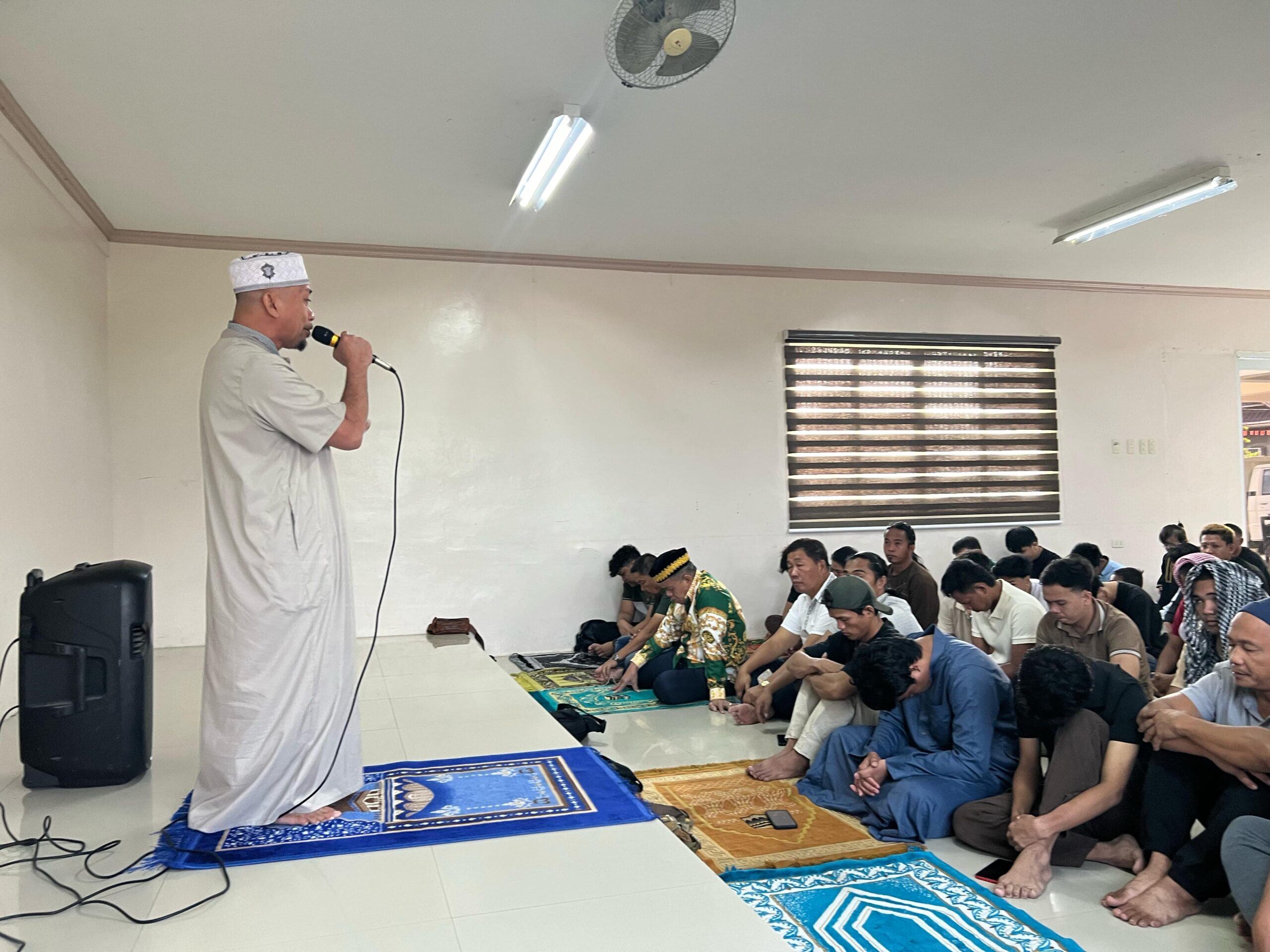THE construction of the Camarines Sur Provincial Capitol in Pili town remains on track and would be finished in 2027, according to incoming governor and current 2nd District Rep. Luis Raymund Villafuerte.
The capitol features an evacuation center that could accommodate as many as 3,000 evacuees during natural disasters.
In a statement, Villafuerte said that the capitol, designed by architect and urban planner Carlos Arnaiz of the Brooklyn, New York-based architectural firm CAZA, would be a "groundbreaking and unique" structure that would instantly become a recognizable symbol of the province.
"This building will not only be a Capitol office building; it will serve as an evacuation center for 3,000 people in times of emergencies and calamities, and can also be used as events center for celebrations and occasions," said Villafuerte in a post on his Facebook page.
He said that the building will be a tourist attraction and would be visited by millions of local and tourists.
Get the latest news
delivered to your inbox
Sign up for The Manila Times newsletters
By signing up with an email address, I acknowledge that I have read and agree to the Terms of Service and Privacy Policy.
A public park and shopping center near the capitol will also be constructed this year, and Villafuerte stated that the building plans are "in-line with the master plan to build a global city called CamSur Uptown to generate jobs and livelihood opportunities for our people."
The capitol building also features several pili-shaped roofs, and is designed as an eco-friendly structure reflecting the province's commitment to sustainable development and the preservation of Bicol's culture.
Each pili-shaped volume is a metal sunscreen protecting the building's interior from the intense tropical sun and creating a series of shaped roof terraces, while the spiral organization of pili-shaped volumes produces a covered open-air atrium in the center of the building.
"Our CamSur Capitol is a visionary project that builds on what is endemic to CamSur in order to propel the province into a future of technological advancement, environmental sustainability and civic engagement," said Villafuerte.

 1 week ago
7
1 week ago
7




